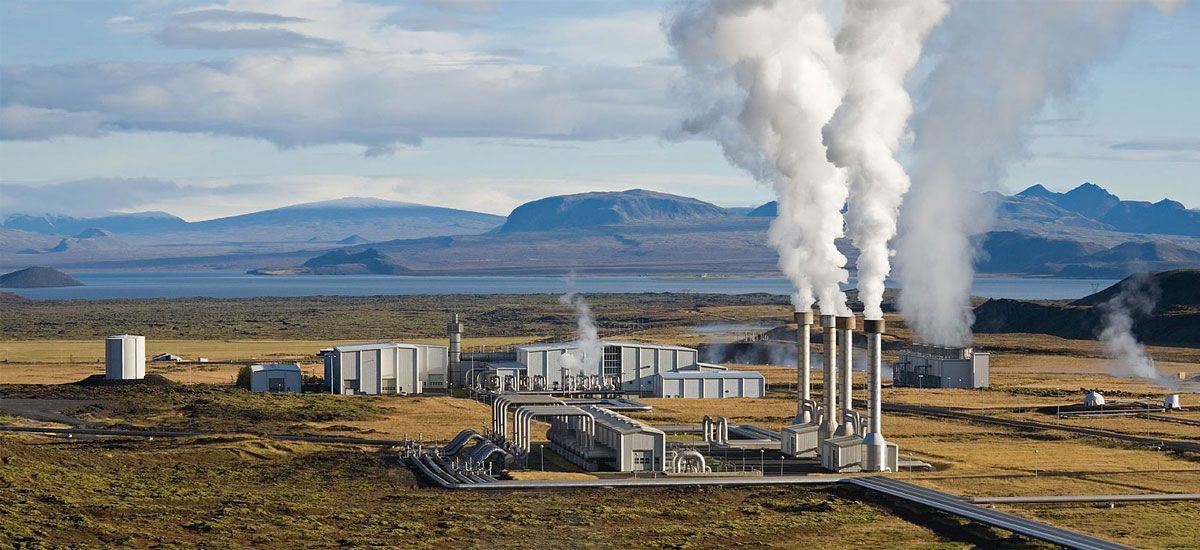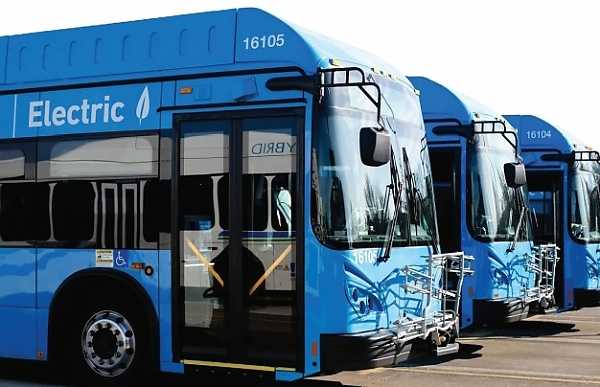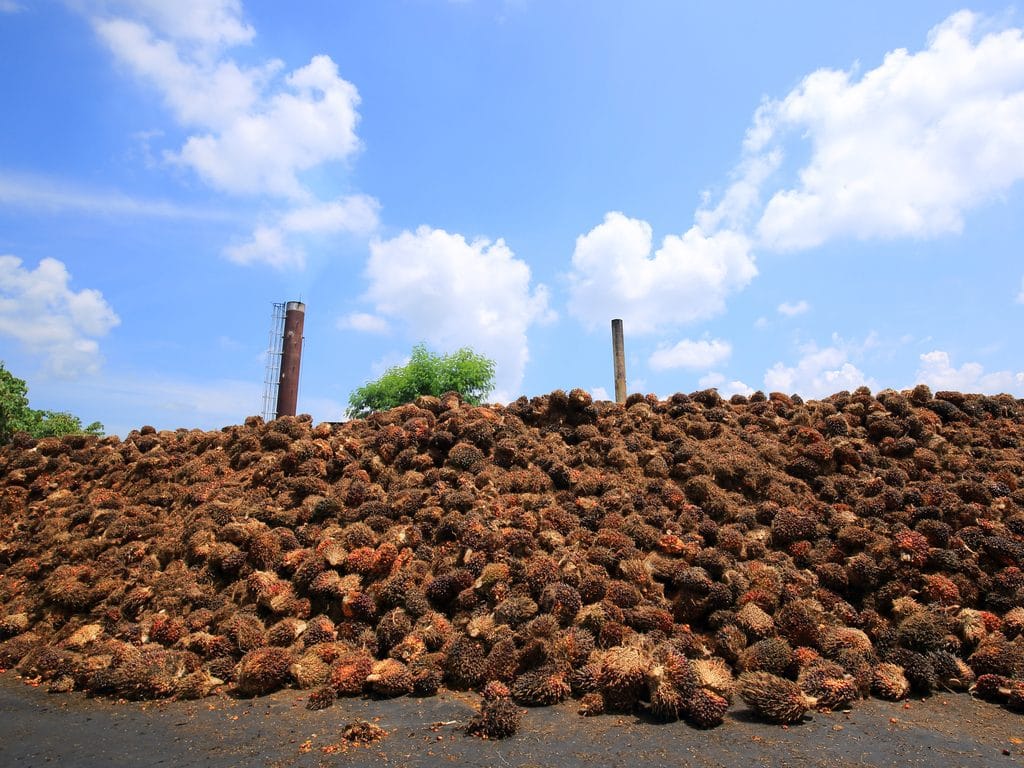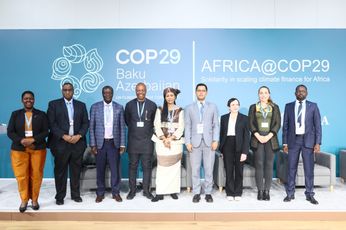
Kenya boosts energy generation capacity through geothermal and wind energy
Geothermal energy represented approximately 44% of Kenya's total energy generation capacity as of June 2021.
Kenya's energy generation capacity increased by 31.7% between 2017 and 2021, from 2,265MW to 2,984MW. The expansion of geothermal and wind power by Kenya Electricity Generating Company (KenGen) and other private individuals has influenced this development.
Geothermal energy accounts for 44.12% of electricity generated for the national grid, hydropower accounts for 26.98% and thermal accounts for less than 13%, making geothermal energy the primary source of electricity in the country. KenGen's wind farm in the Ngong hills delivers 26MW to the national grid.
The increased generation capacity has resulted in an increase in homes with access to electricity. According to Gordon Kihalangwa, Principal Secretary for the Kenyan Ministry of Energy, the country's electricity-connected homes increased by 1,452,984 households. This increase resulted in Kenya being rated as the top country globally in reducing the population with no access to electricity, demonstrating the impact of the State's nearly decade-long focus on rural areas' electrification.
Kenya's government is focused on increasing installed power generation capacity to 3,500MW by 2025, with the majority of that capacity coming from green sources. Kenya intends to grow installed capacity to around 17,760MW by 2030, with geothermal contributing approximately 40%. To accomplish this, the government and its partners have increased expenditures on green energy development to diversify the country's baseload renewable energy supply and reduce greenhouse gas emissions associated with fossil-fuel-based alternatives.
FullyGreen Newsletter
Join the newsletter to receive the latest updates in your inbox.









